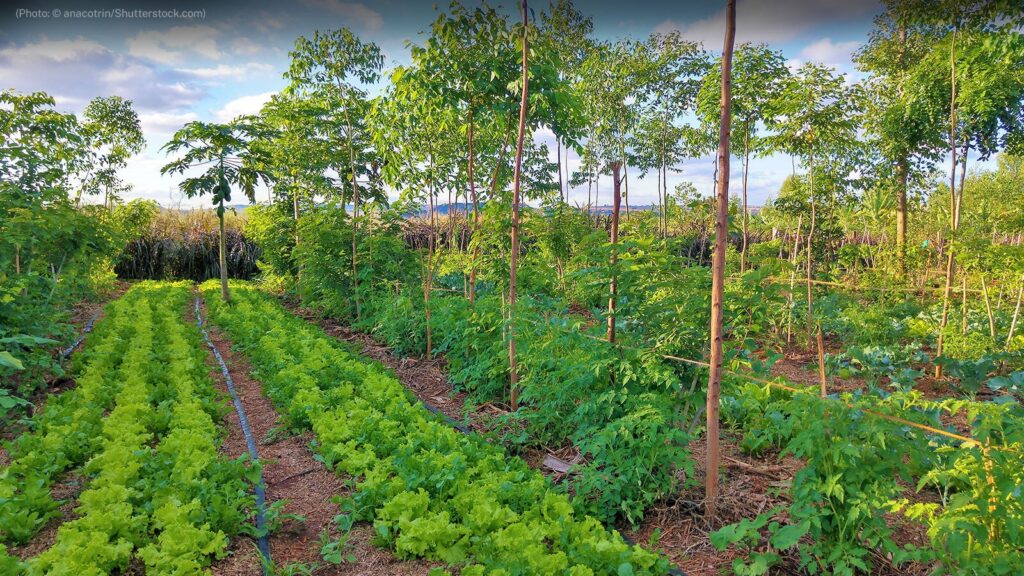
Introduction to Agroforestry
Agroforestry, at its core, is a sustainable land management strategy that integrates trees, crops, and livestock within a single farming system. This holistic approach offers a way to address multiple challenges faced by modern agriculture and forestry.
The Principles of Agroforestry
Agroforestry is guided by several key principles, including biodiversity enhancement, resource use efficiency, and synergy between components. By optimizing interactions between plants and animals, agroforestry systems create resilient ecosystems.
Types of Agroforestry Systems
Alley Cropping
Alley cropping involves planting rows of trees alongside crops. This configuration provides shade and windbreaks, reducing soil erosion and enhancing microclimate conditions for crops.
Silvopasture
Silvopasture combines trees, forage, and livestock, optimizing land use and animal welfare. Trees offer shade for animals and improve soil fertility through nutrient cycling.
Forest Gardening
Forest gardening mimics natural forests, incorporating a variety of plants that complement each other. This diverse ecosystem provides food, medicine, and other resources.
Windbreaks and Shelterbelts
These linear plantings of trees and shrubs help shield crops and livestock from strong winds. They also prevent soil erosion and offer habitat for beneficial wildlife.

